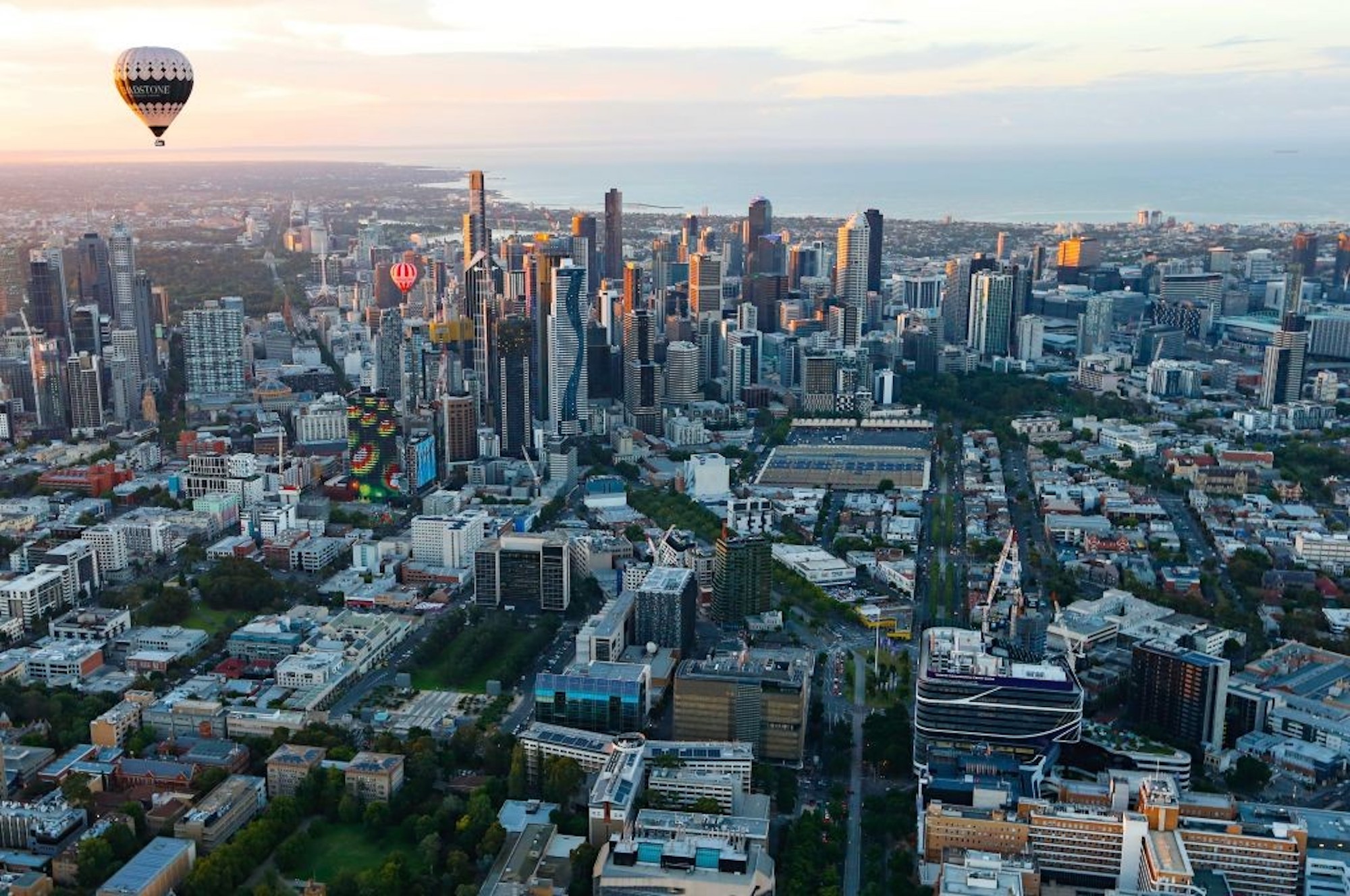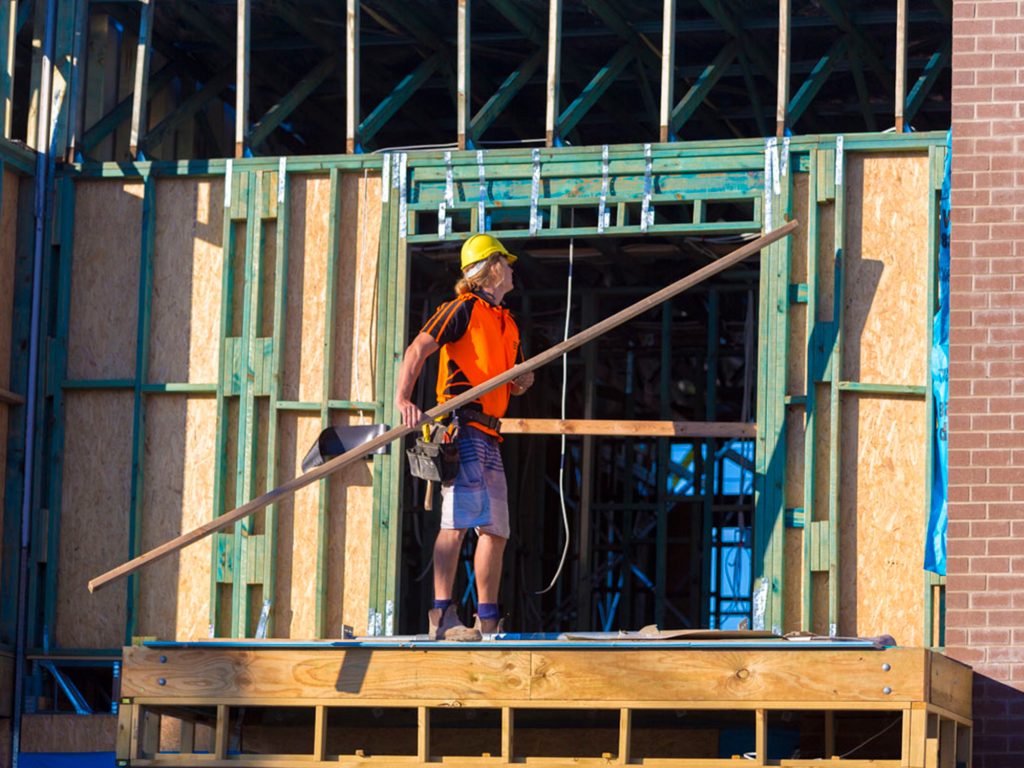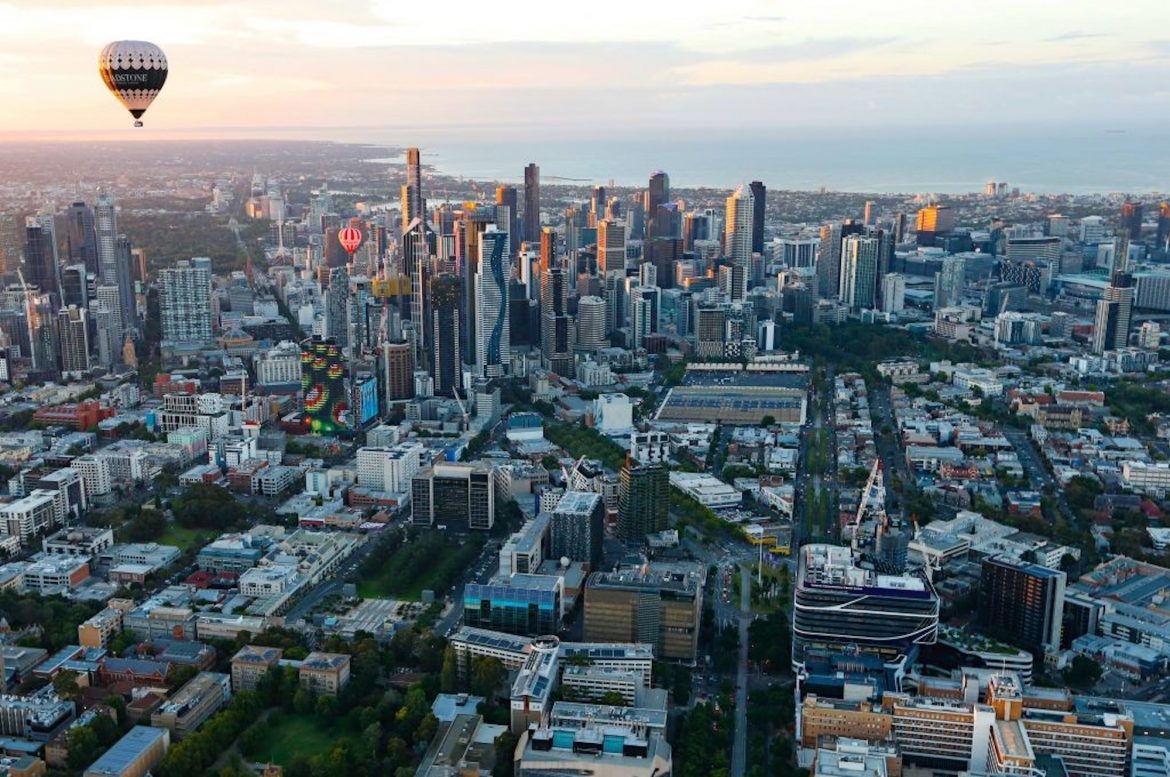People living and working in Melbourne face a difficult path out of tough COVID-19 restrictions after the Victorian Government revealed its long-awaited roadmap on 6 September.
Despite a dramatic decline in weekly average case numbers, the government announced a conservative plan to bring the state into what it is calling ‘COVID normal’ – the scenario where there are no new cases for 28 days and no active cases.
The plan is to maintain restrictions on business to prevent large numbers of the community coming into contact with each other and spreading the virus, with the goal of bringing case numbers down to a sustainable and manageable level while the world waits for a vaccine. All of this relies on weekly case numbers remaining very low.

Melbourne’s roadmap out of coronavirus restrictions will depend on keeping average fortnightly case numbers low. Picture: Getty
Impacts of stage 4 restrictions on the real estate industry
With physical inspections on properties banned in metro Melbourne, the real estate industry has largely been paused. However, a number of home sales in more affluent areas have bucked this trend, selling sight unseen.
Tenants experiencing financial distress learned that moratoriums on evictions have been extended for tenants in Melbourne.
Melbourne’s real estate industry will not fully reopen until 23 November under the roadmap. But once that happens, the industry is expected to come back to life with a longer spring season, even pushing into the traditionally quiet period around the Christmas and New Year holiday period.
Impacts of stage 4 restrictions on the construction industry
Effective from 5 August, construction of critical and essential infrastructure and services is allowed provided the workplaces have a High-Risk COVID Safe Plan in place. Critical repairs to residential premises are also allowed, where required for emergency or safety.
Electricians, plumbers, tilers, concreters, plasterers and carpenters have been included on a list of specialist trades allowed to move between up to three sites per week, meaning that many people in the trade and construction industries can continue to work.
How do property and construction contribute to the economy?
When it comes to the ways in which these industries contribute to the broader economy, the effects will be felt across the state, said Cameron Kusher, executive manager of economic research at realestate.com.au.
“In Victoria, dwelling investment contributed 6.7% to the state’s gross state product and transactions of properties accounted for a further 1.9% of total GDP,” Mr Kusher said.
“While this may sound like a small proportion, it is a significant contributor to economic growth and with transactions in Melbourne virtually ceasing it will contribute, among other things, to a weakening of Victoria’s economic performance.”

Construction and real estate are big employers within the Victorian economy. Picture: Getty
Fewer property transactions will mean that government revenue from stamp duty will fall from previous levels, which typically helps pay for things like roads and hospitals, said Mr Kusher.
“The latest data shows that in 2018-19, Victoria was getting approximately $121 million in stamp duty revenue each week.”
What are the changes to restrictions announced in the roadmap?
The changes announced on 6 September included a multi-step rollback of the toughest restrictions experienced at the peak of stage 4 restrictions.
From 28 September, provided case numbers are below 50 on a fortnightly average:
- Two people or a household can meet outdoors
- The limit on outdoor time is increased from one hour to two
- Those living alone can have one visitor to their home
- Childcare and parks reopen
Other changes proposed from 26 October, provided case numbers are below five on a fortnightly average:
- No curfew
- No more 5km restriction on travel
- Phased return to school for primary and secondary students
- Retail reopens including hairdressers.
The post Melbourne stage 4 extension: New roadmap for property explained appeared first on realestate.com.au.

